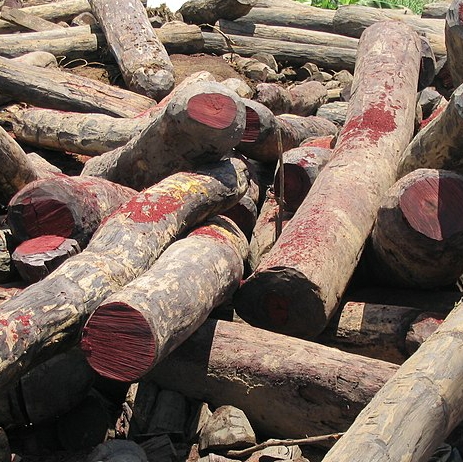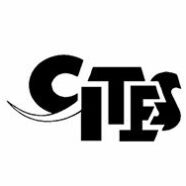Controlled under CITES and not generally available.
The term “rosewood” is used to designate several hundred species of tropical timber found across West and Central Africa, Southeast Asia, and Latin America. As anchor species in old-growth forests, rosewood can deliver critical ecosystem services, such as supporting biodiversity and reducing flooding and water stress. Healthy ecosystems can also support sustainable socio-economic development – when harvested sustainably, rosewood can boost local livelihoods; it is also traditionally used for medicine.
A large body of evidence has demonstrated illegalities in rosewood supply chains, including harvesting in contravention of national laws, smuggling, transshipment, and documented links to corruption and conflict. Rosewood has become the most trafficked group of endangered species, and African rosewood is by far the most trafficked rosewood. Corruption, poor governance, and conflict over natural resources undermines the social fabric of national governance and sustainable development, and rosewood species are often targeted by traders taking advantage of an environment in which laws are non-existent or poorly enforced. Import data reveal that rosewood follows a “boom and bust” cycle, in which traders can nimbly pivot from one country to another, often capitalizing on weak governance, political transitions, or the suspension of national legislation, such as a log export ban. In several range States, the revenues generated from the rampant extraction of rosewood fuels ongoing inter- and intrastate conflict, including armed conflict.
Viewpoints – A Forest Trends Blog – March 28, 2022




